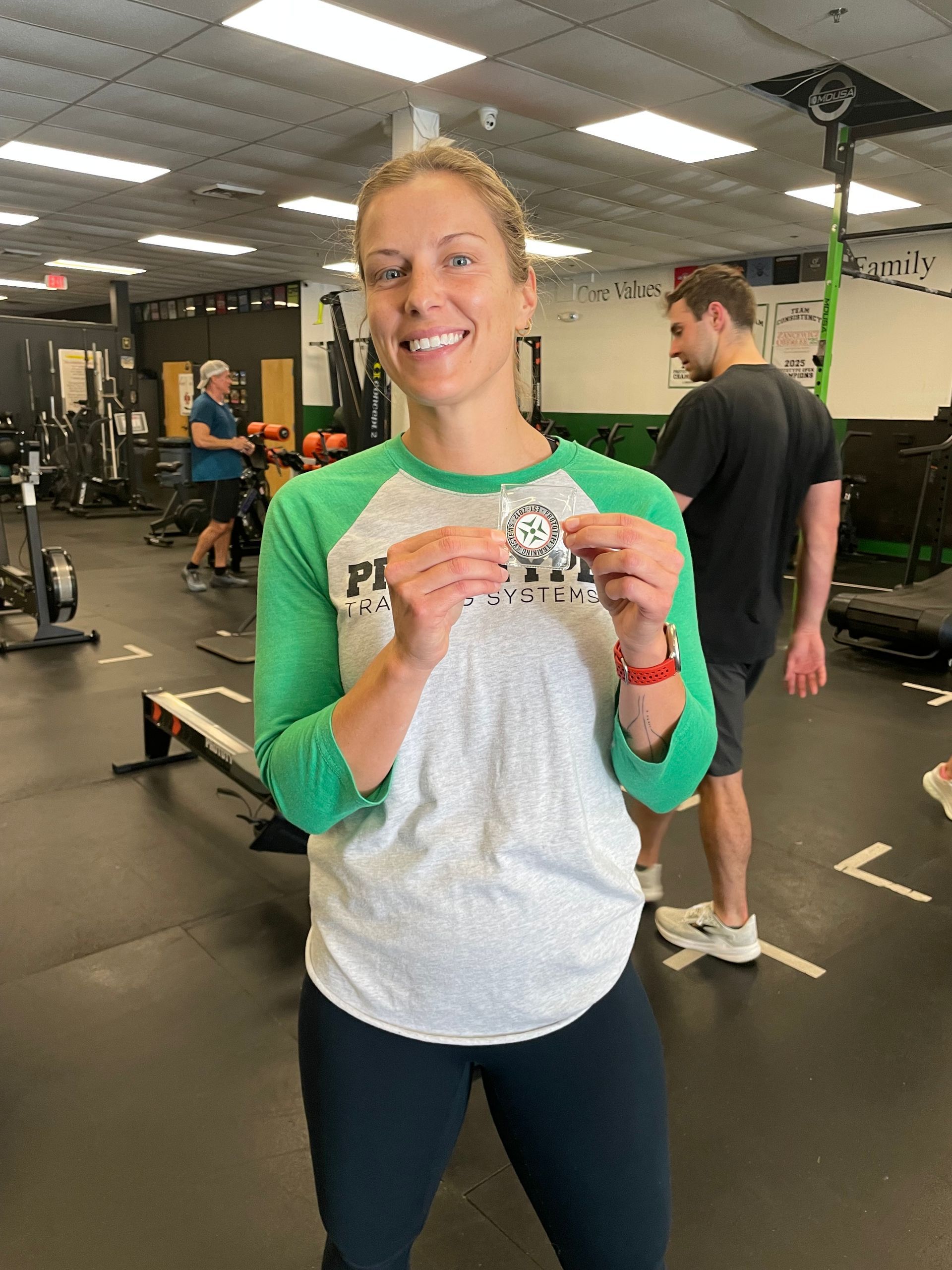We’re wired to grow and to protect, which wins?

Human psychology is a complex interplay between the drive to grow and the instinct to protect oneself. Think about it… if I was to ask you if you wanted to grow in 2023… hell, in 2024 (we are approaching the New Year!) I would guarantee you would say “yes!” or “sure!”… but inevitably, our own psychological “immune system” is also wired to protect. With things that require growth, chances are it’s uncomfortable… so what do we do? We naturally will go into protection mode, unless we actively build a ramp and work against it.
This dichotomy becomes especially apparent when we consider our approach to fitness and personal health. This post delves into how these conflicting yet complementary drives influence our fitness journey.
Understanding Human Wiring for Growth
Humans inherently strive for self-improvement and growth, a drive deeply rooted in psychological theories. Abraham Maslow’s hierarchy of needs, particularly the concept of self-actualization, highlights our innate desire for personal growth and fulfillment (Maslow, 1943). In fitness, this manifests as setting and pursuing goals like increased strength, improved endurance, or mastering new skills. It feels good when we accomplish something OR do something that we haven’t been able to do before, especially when we have put in significant effort to do it.
Human Tendency for Protection and Safety
In contrast, our instinct for self-preservation often leads to a preference for safety and comfort. This can result in avoidance behaviors in fitness, such as shying away from challenging workouts or inconsistent training routines (we call this “cherry picking”). This protective instinct is linked to the concept of “loss aversion,” a principle from behavioral economics suggesting that people prefer to avoid losses rather than acquire equivalent gains (Kahneman & Tversky, 1979). I bet if you’re reading this, you can think of a time when you did this… we all have. We don’t want to risk our own social capital to do things because we fear failure or how we may look. This doesn’t just apply to fitness but anywhere in life.
The Dichotomy and Its Impacts on Fitness
Our own fitness journey often witnesses a clash between the desire to improve and the fear of stepping out of comfort zones. Understanding this internal conflict is crucial for managing it effectively. Balancing the urge to push physical limits with the need to avoid injury or burnout requires awareness and self-regulation.
Balancing Growth and Protection
Striking a balance involves setting realistic goals and understanding the difference between productive discomfort and harmful overexertion. This approach is supported by the principle of progressive overload in physical training, which advocates for gradual increase in stress placed on the body during exercise (Delorme, 1945). Just like a ramp in doing anything uncomfortable, you want to start low and build your way up… so if you haven’t exercised before you want to start with an air squat before putting 200lb back squat. It’s all about the ramp… you can do this for non-fitness-related things as well… imagine public speaking, if its a fear or something you avoid, how would you create a ramp to this vs. standing in front of 1000 people giving a keynote.
Psychological Strategies for Overcoming Barriers
Overcoming barriers to growth in fitness often requires psychological resilience. Techniques like mindfulness, which has been shown to reduce anxiety and improve focus (Kabat-Zinn, 1994), and adopting a growth mindset, a concept popularized by Carol Dweck (2006), can be incredibly effective… yes, these are true and make sense in THEORY but how to do truly do this? How do you really overcome this protection/safety mode that we NATURALLY will go into? Sharing below what has helped me personally…
Bring it to light…
Get these feelings/thoughts out of your head and share them with someone else. It’s a common practice that I have been “repping” for myself. You have the ability to control your mind, but it we are in our own heads (I should say, WHEN we get in our head) it can impact our ability to perform. So we need to get those thoughts OUT, preferably to someone who will challenge you.
WHO you share with matters…
Ideally, you want to share these thoughts (sometimes irrational) with someone you trust/won’t hurt you with them BUT will also not coddle you. Imagine a time that you’ve shared something you may be feeling insecure about with someone and their response is “It’s going to be ok, you got this”… it’s not always helpful. I’m not saying there isn’t a time and place for that, but you want someone that will challenge your thinking not just try to make you feel better. This person should help explore the extreme edge (on both sides) which can bring you more to a place of rationality or calm. So imagine if you were giving a presentation to a small team and you were in your head about it, over-anxious, feeling like you will freeze/can’t do it… this person can play out with you IN DETAIL how it could go wrong (like extreme worst case)… this may seem counter-intuitive but I’ve found it helpful… then go into the opposite side, what would happen if you crushed it?! What would that look like?
This is a lot harder to do than it thinks and requires someone who can be honest with you, the best is someone who acts as a coach.
Create a ramp
I shared before that the “ramp” you create is like progressive overloading your weights when you lift. You have to start at a smaller/less stressful area to practice in but is still uncomfortable. So relating it back to fitness, lets say you want to do a CrossFit class but you have a lot of anxiety over exercise or working out around people in general, but find it hard to get motivated, a good ramp may be starting to workout with a close friend. Maybe that’s at home or at off peak gym hours where there aren’t a lot of people… from there maybe you build confidence with your reps and then move 1-1 with a coach, someone who can push you/challenge you, and you could still workout with your friend with that coach…then you move into coming into a group class, or you ask you coach to invite others into your semi private workout… there are so many options vs. just jumping in, it may cause too much fear.
Conclusion
Understanding and managing the interplay between our drives for growth and protection can lead to a more effective and sustainable approach to fitness. By acknowledging this dichotomy and learning to balance these instincts, we can pursue both our fitness goals and anything that we find uncomfotable in life with greater wisdom and success.
The post We’re wired to grow and to protect, which wins? appeared first on Prototype Training Systems.
Previous Blogs

Climb to New Heights
Prototype Training Systems is more than a gym - it is a lifestyle. Join us today!



